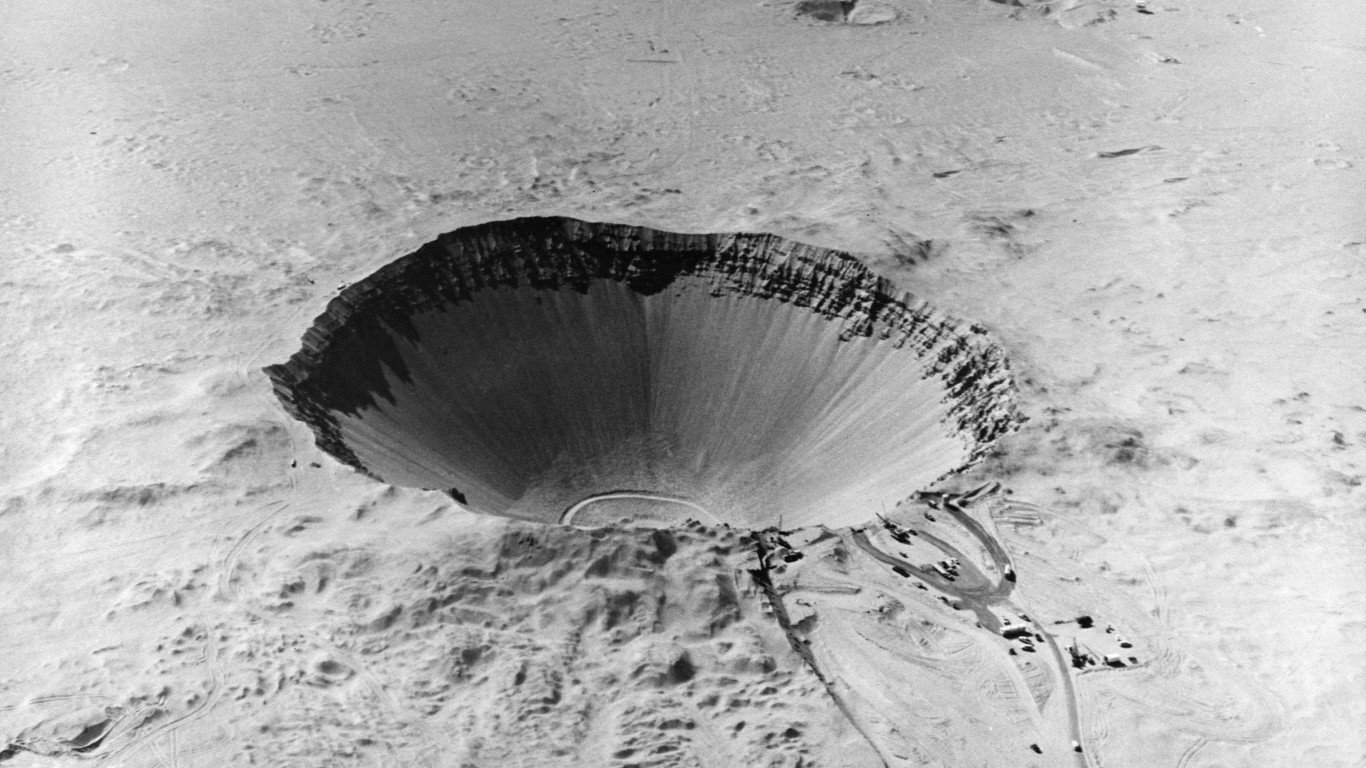
12. Ground burst
A ground burst creates a massive crater and pulverizes everything in the immediate area. Its blast effects do not extend as far as an air blast. Ground bursts would be employed against hardened targets like underground missile silos.
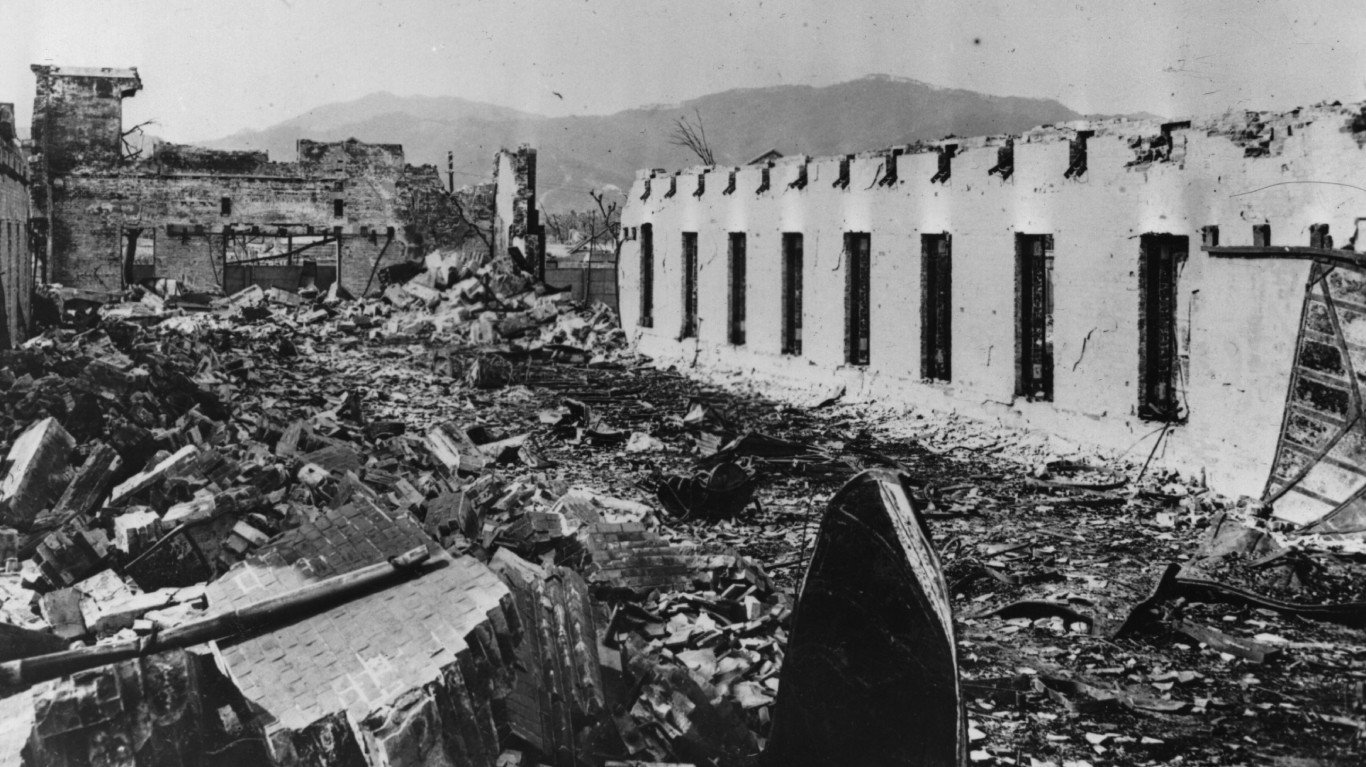
11. Radius of destruction
The radius and volume of destruction depend on the explosive yield. But because the volume is proportional to the radius cubed, the volume increases approximately by the cube root of the yield, so the relative increase in destructive effect compared to the increase in yield is small. The effects of nuclear weapons on populations are also subject to many environmental and geographic variables.
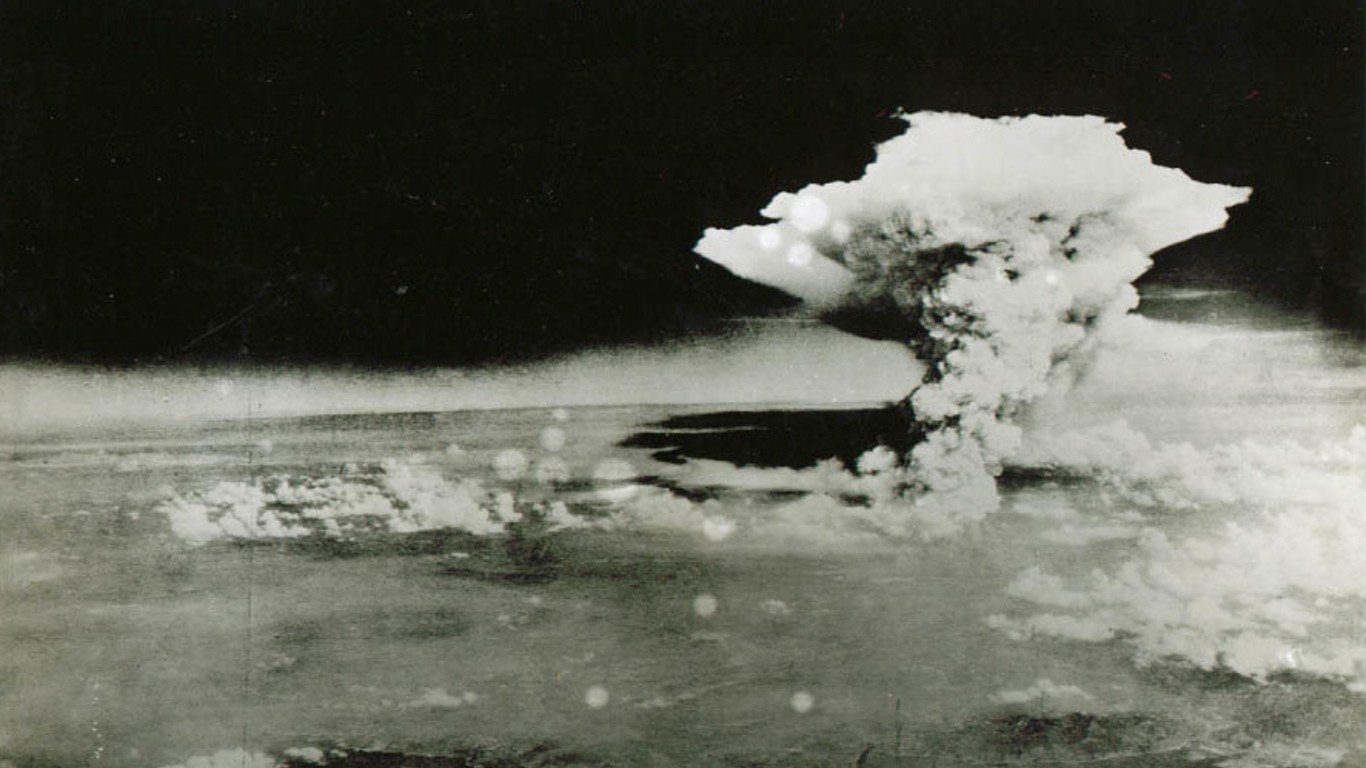
10. Firestorm
Under some circumstances, fires may combine into a single huge conflagration called a firestorm that can develop its own winds and cause the inferno to spread. Hot gases rise from the firestorm, replaced by air rushing inward along the surface at hundreds of miles per hour. Winds and fire compound the blast damage, and the blaze consumes oxygen, suffocating survivors. Firestorms also might impact global climate for decades.
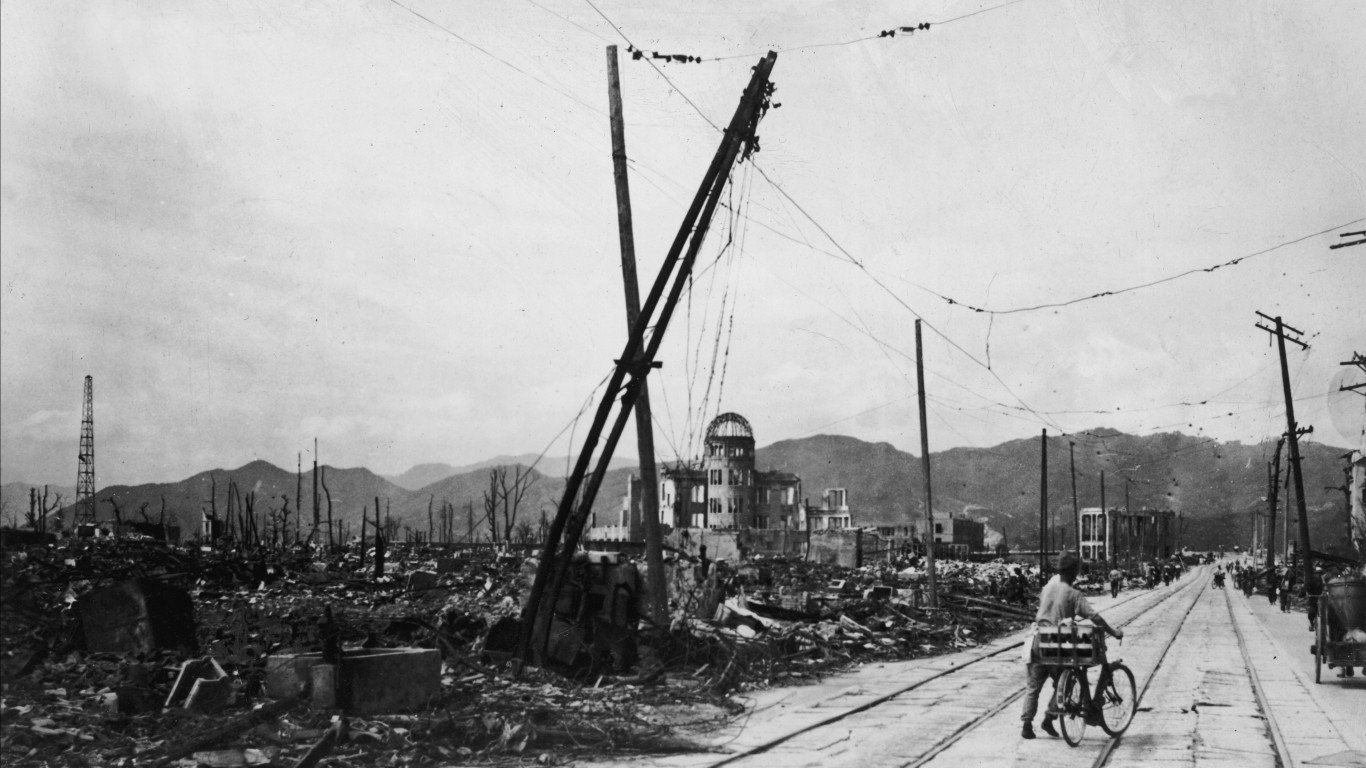
9. Radioactive fallout
Fallout consists primarily of fission products. Fallout contamination is unique to nuclear weapons and it may linger for decades. The most potent effects can last for weeks. The fallout impact produced in a nuclear explosion depends on the type of weapon, its explosive yield, and where it is exploded. Modern nuclear weapons can produce global fallout. The global impact from these huge weapons comes partly from the quantity of radioactive material and from the radioactive cloud that rises into the stratosphere, where it may take up to years to reach the ground.
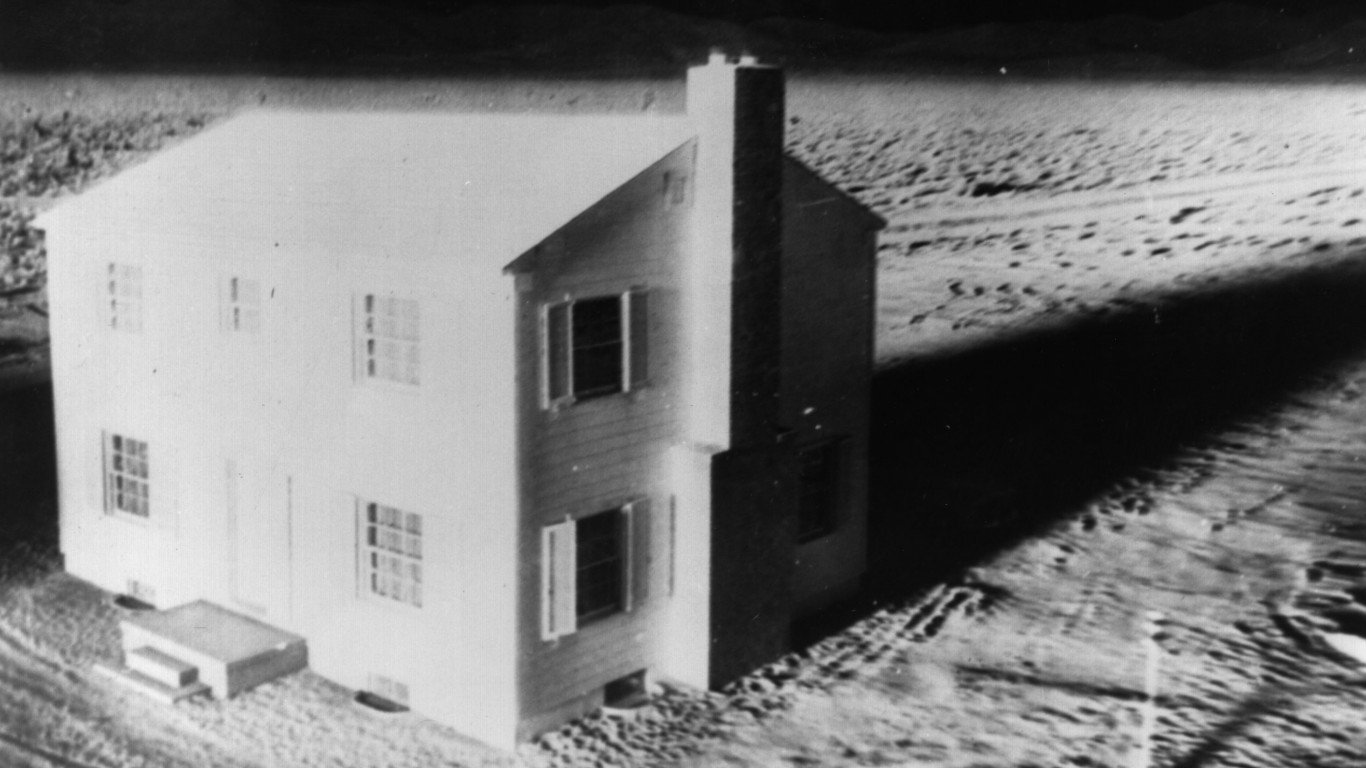
8. Light damage zone
Broken windows and more easily managed injuries occur in zones farther from the initial blast zone.





